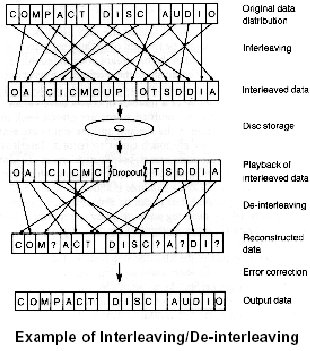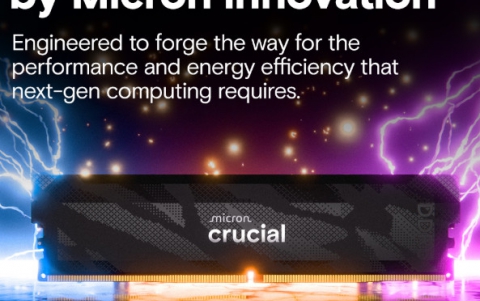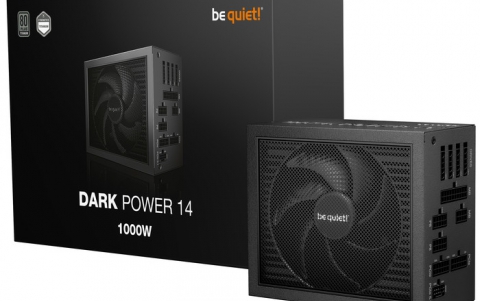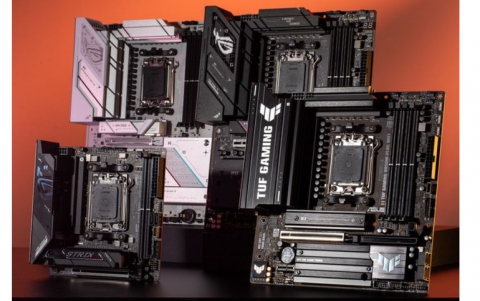Writing Quality
7. CIRC - Page 2
Review Pages
2. Pits and Lands
3. Error Correction - Page 1
4. Error Correction - Page 2
5. Error Correction - Page 3
6. CIRC - Page 1
7. CIRC - Page 2
8. CD Decoding system
9. C1/C2 Errors - Page 1
10. C1/C2 Errors - Page 2
11. EFM - Page 1
12. EFM - Page 2
13. Jitter - Page 1
14. Jitter - Page 2
15. Jitter - Page 3
16. Oscilloscope
17. Jitter at DVD
18. Technologies for Reducing Jitter
19. JVC ENC K2
20. AudioMASTER
21. VariREC
22. TEAC Boost Function
23. Testing Equipement - Page 1
24. Testing Equipement - Page 2
25. Calibration media
26. Tests before recording
27. Tests after recording
28. Atomic Force Microscopy
Writing Quality - Page 7
CIRC - Page 2
- How CIRC works?
CIRC uses two distinct techniques in order to achieve this remarkable ability to detect and correct erroneous bytes. The first is redundancy. This means that extra data is added, which offers an extra chance for reading it. For instance, if all data were recorded twice, you would have twice as good a chance of recovering the correct data. The CIRC has a redundancy of about 25%; that is, it adds about 25% additional data. This extra data is cleverly used to record information about the original data, from which it is possible the missing information to be deduced.
The other technique used during the implementation of CIRC is interleaving. This means that the data is distributed over a relatively large physical area of the disk. If the data were recorded sequentially, a small defect could easily wipe out an entire word (byte). With CIRC, the bits are interleaved before recording, and de-interleaved during playback. One data block (frame) of 24 data bytes is distributed over 109 adjacent blocks. To destroy one byte, you would have to destroy these other bytes. With scratches, dust, fingerprints, and even holes in the disc, there is usually enough data left to reconstruct any data bytes that have been damaged or caused the disk to become unreadable.

What happens is that the bits of individual words are mixed up and distributed over many words. Now, to completely obliterate a single byte, you have to wipe out a large area. Using this scheme, local defects destroy only small parts of many words, and there is (hopefully) always enough left of each sample to reconstruct it. To completely wipe out a data block would require a hole in the disc of about 2 mm in diameter.
Moreover, the Reed-Solomon codes used for both levels of error correction are specifically designed for cutting-off "burst" errors, not just those systematic ones that usually come in the form of random errors, the so called Gaussian or white noise.
Review Pages
2. Pits and Lands
3. Error Correction - Page 1
4. Error Correction - Page 2
5. Error Correction - Page 3
6. CIRC - Page 1
7. CIRC - Page 2
8. CD Decoding system
9. C1/C2 Errors - Page 1
10. C1/C2 Errors - Page 2
11. EFM - Page 1
12. EFM - Page 2
13. Jitter - Page 1
14. Jitter - Page 2
15. Jitter - Page 3
16. Oscilloscope
17. Jitter at DVD
18. Technologies for Reducing Jitter
19. JVC ENC K2
20. AudioMASTER
21. VariREC
22. TEAC Boost Function
23. Testing Equipement - Page 1
24. Testing Equipement - Page 2
25. Calibration media
26. Tests before recording
27. Tests after recording
28. Atomic Force Microscopy













